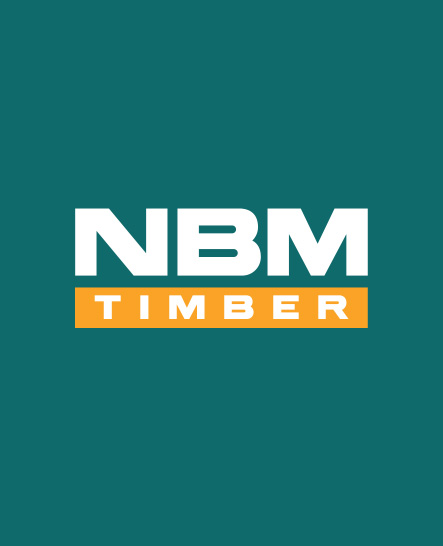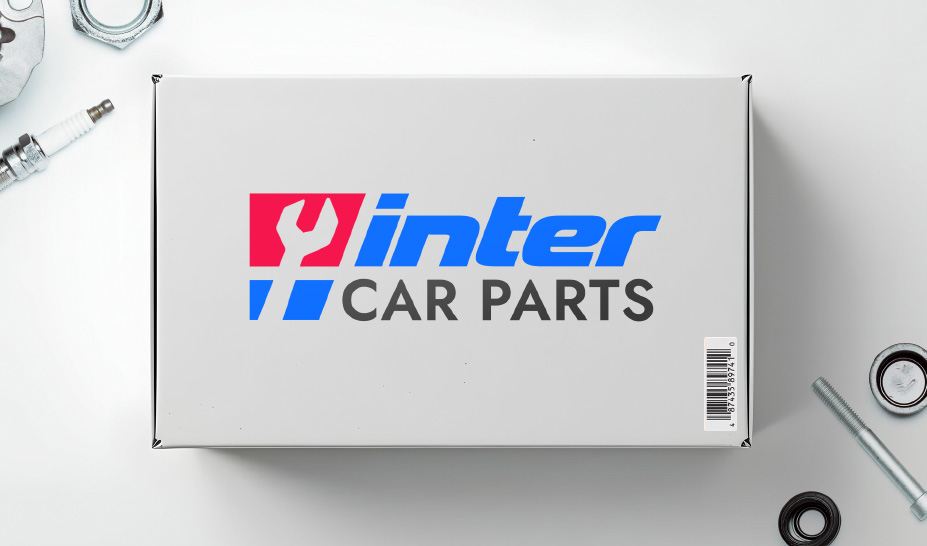Brand & Identity
As online platforms become more personalised, it’s easier for shoppers to discover new brands that chime with their personal values.
While new brands benefit from discoverability, established brands must stay relevant or risk losing customers.
Brand design shapes a company’s visual identity to communicate its values and connect with its audience.
Studioworx can help you leverage brand identity to attract new audiences and build a loyal following. Whether your logo
needs refreshing or you want a full rebrand, work with our designers to create a values-driven brand that resonates with your audience.















